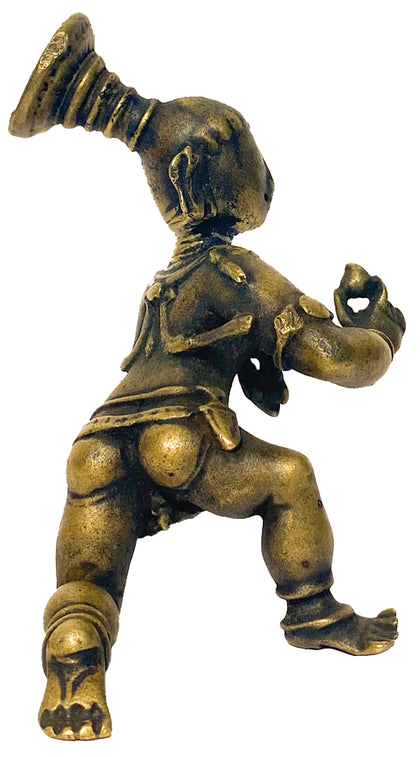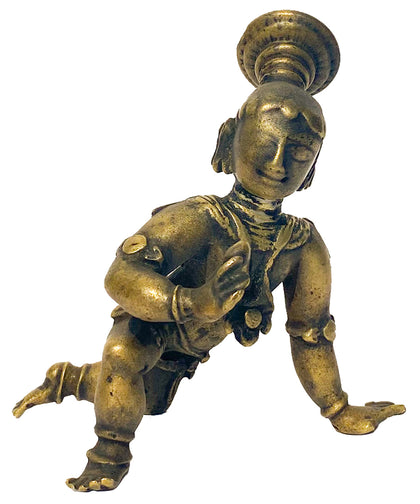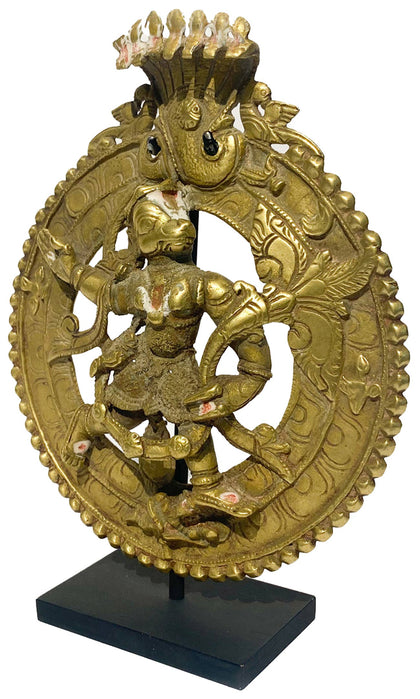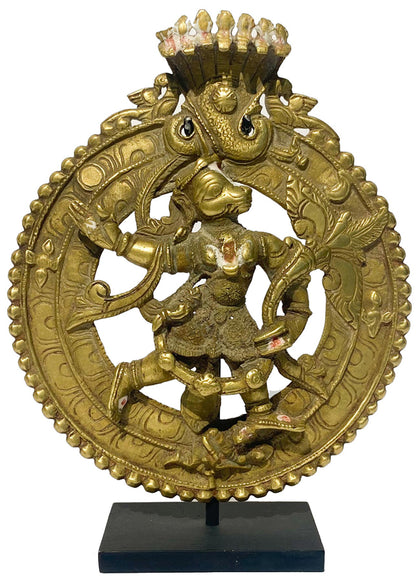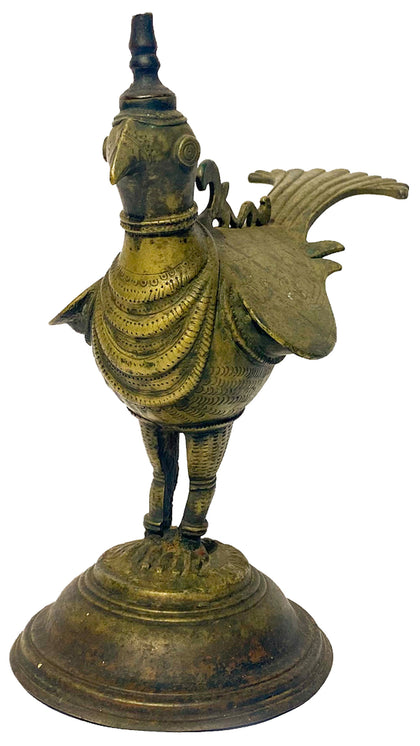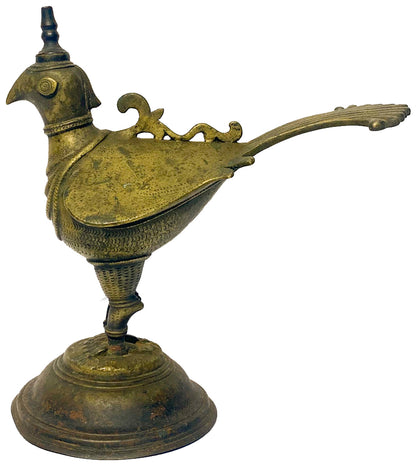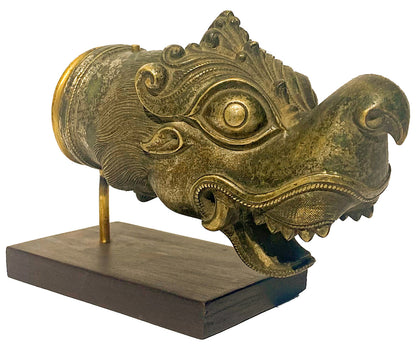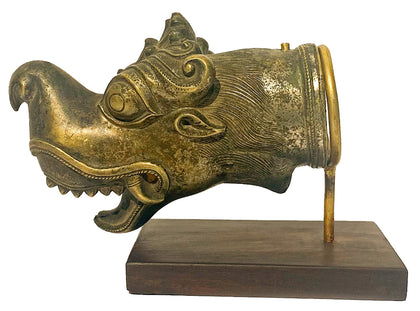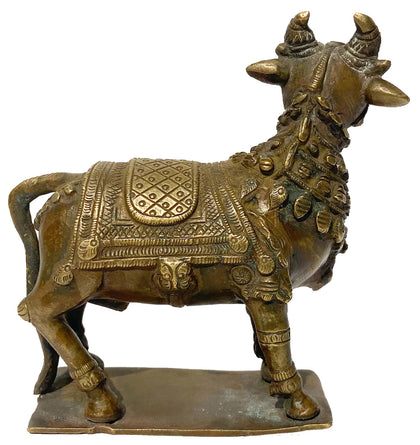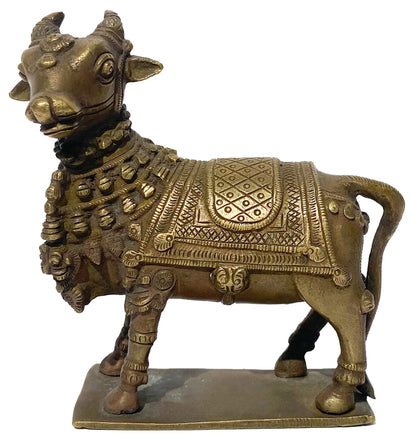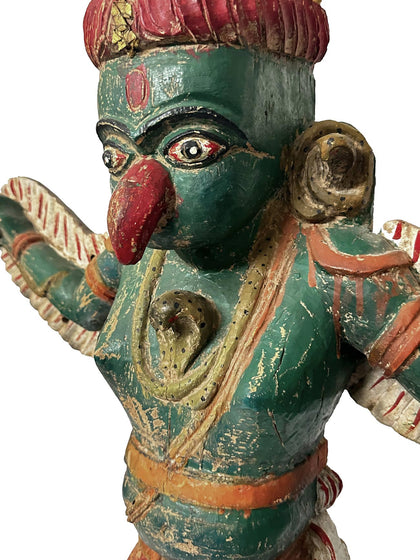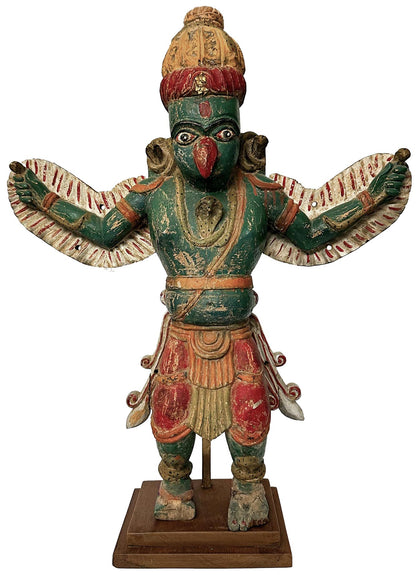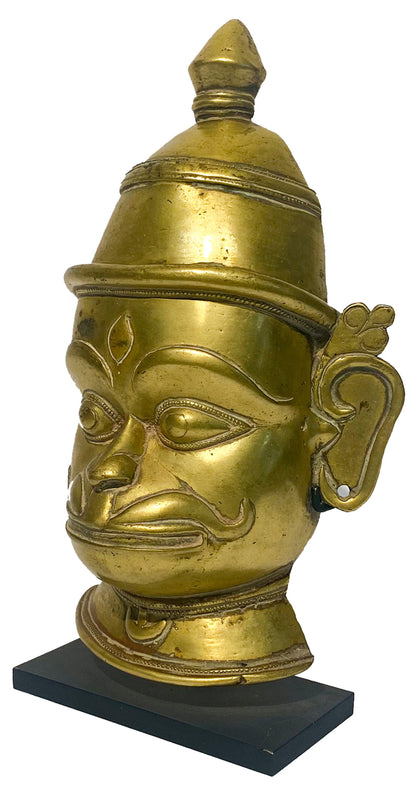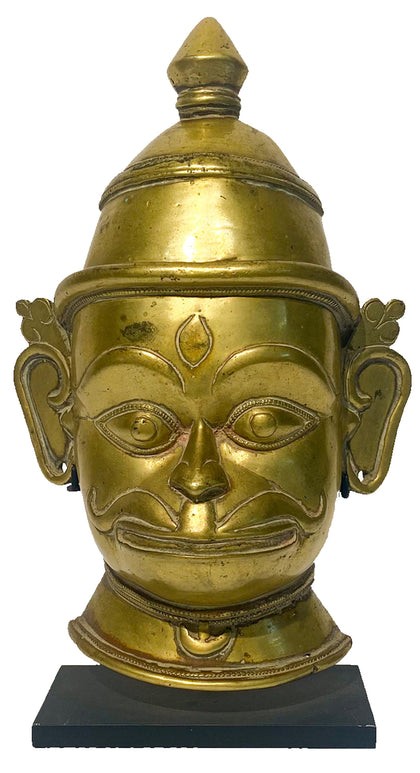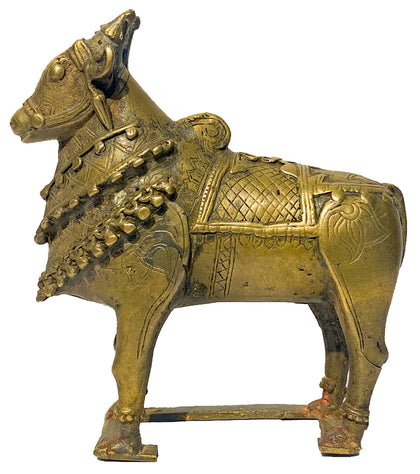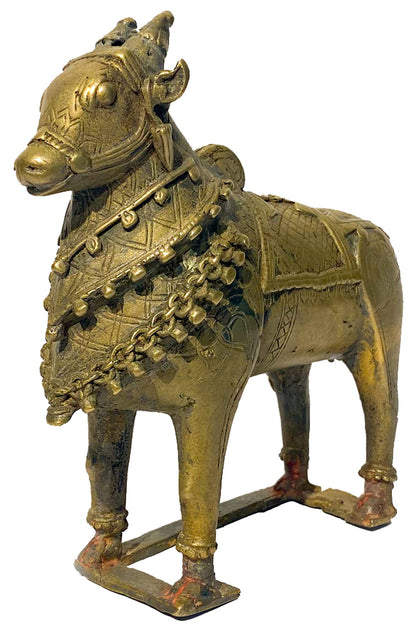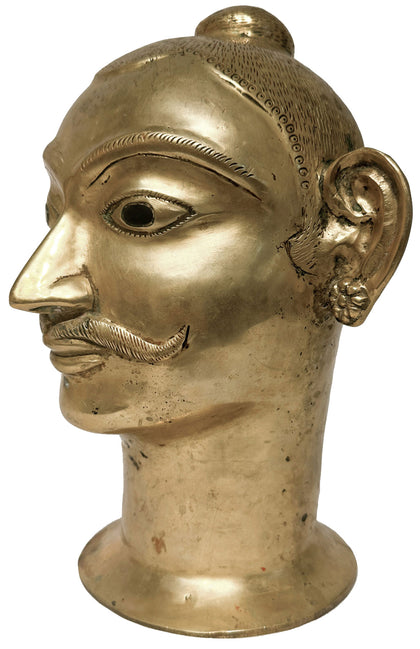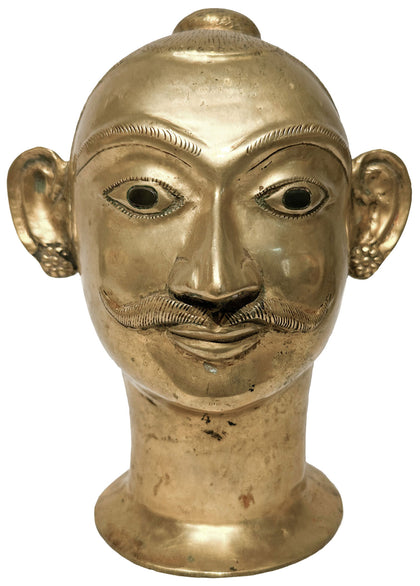Loading...
Deccan Jain Painting 01
Price on Inquiry
All orders are insured for transit.
This item cannot be shipped outside India.





















































Please enter the email address linked to your Artisera account, and we will send you a link to reset your password.
Sign Up to access your Wish List and hear from us on all that’s new!
Loading...
All orders are insured for transit.
This item cannot be shipped outside India.
All orders are insured for transit.
This item cannot be shipped outside India.
| Size: | 11.75 x 9.75 inches |
| Material: | Natural Colours on Paper |
| Origin: | Deccan Region |
| Size: | 11.75 x 9.75 inches |
| Material: | Natural Colours on Paper |
| Origin: | Deccan Region |
All orders are insured for transit.
This item cannot be shipped outside India.
This item has been added to your shopping cart.
You can continue browsing
or proceed to checkout and pay for your purchase.
This item has been added to your
shopping cart.
You can continue browsing
or proceed to checkout and pay for
your purchase.
This item has been added to your wish list.
You can continue browsing or visit your Wish List page.
Are you sure you want to delete this item from your Wish List?
Are you sure you want to delete this
item from your Wish List?

Thank you for sharing your email address!
You’ll shortly receive a Welcome Letter from us.
Please check your spam folders if you can’t
locate the email in your inbox.
Thank you for sharing your email address! You’ll shortly receive a Welcome Letter from us. Please check your spam folders if you can’t locate the email in your inbox.

